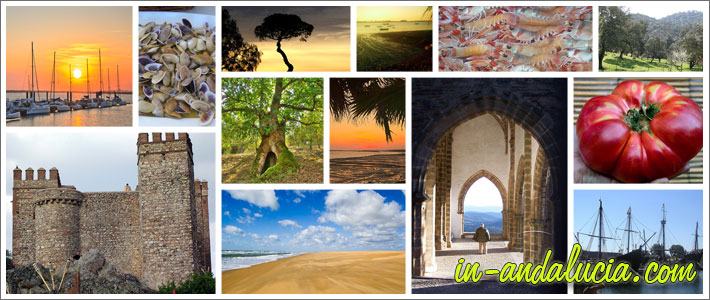Huelva, the westernmost of the Andalucian capitals, was more than 2,500 years ago the centre of Tartessian civilization and a leading commercial enclave, which maintained strong trade connections with other eastern Mediterranean ports.

Centuries later, Huelva would become the basis of the Phoenicians, Carthaginians and Romans, although it was the latter who began to exploit the vast mineral resources of the area, an activity that has been perpetuated over the centuries.
The historical fact that most marked Huelva is the discovery of America, when in 1492 Christopher Columbus started from these lands the first of his voyages to the New World. In the monastery of La Rabida, a few miles from Huelva, Fray Juan Perez and Fray Antonio de Marchena promoted the voyage of Columbus, who stayed in the monastery grounds until shortly before his departure.
As a reminder of that time, was erected in 1929 at the Punta del Sebo a monument to the faith of the discoverers, a symbol of the city. This great sculpture by American sculptor Whitney is a tribute to the figure of Columbus and the important role played by the province of Huelva in the discovery of America.
Public transport is not the best yet in the province, which contrasts with the many beautiful places to visit there; hiring a car is thus the best option if you want to get the maximum out of your visit to the beautiful province.

